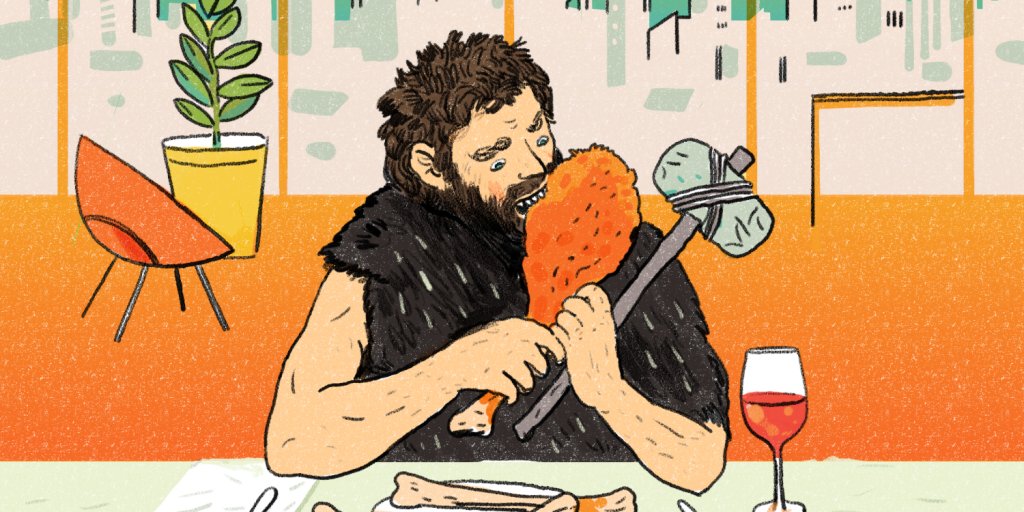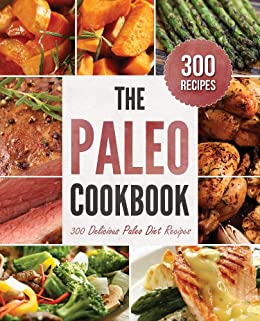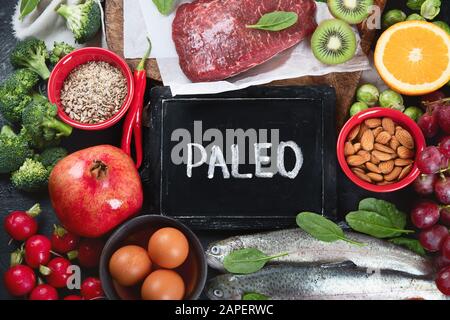
You might find it helpful to review the Paleo diet if you're new or not familiar with it. We'll be discussing its potential health advantages, side effects, application, and practicality. This diet focuses on whole grains, fruits, nuts, seeds, and fish (preferably wild and sustainable). Except when you're bow hunting wild, it doesn't include meat. A moderate amount of dairy is included in the diet, which is a good source calcium. It also includes whole grains as well as legumes.
Problems with the Paleo diet
There are numerous problems with the Paleo diet. It is too high in meat, eggs, and rejects healthy foods like dairy and grains. The Paleo diet has many benefits, but it is not supported by scientific research. Here are some common issues associated with this diet. Here are some of the most common problems with Paleo. Be sure to weigh your options before you make the change.
Paleo means that humans evolved from eating fish and meat to eat meat. Since the Arctic has very few edible plant species, these people were capable of adapting to a lack of food and remaining healthy. That's why the Paleo diet discourages the consumption of grains. But, this diet offers many benefits and can be incorporated into your diet to help you stay lean and healthy.
Potential health benefits

The high-protein and low-carbohydrate aspects of the Paleo diet may have some benefits for people with metabolic health conditions. The reduced intake of sugars (which are often associated to insulin resistance), increases the body’s capacity to process glucose and improves insulin sensitivity. People with autoimmune disorders may benefit from it, as the diet's absence of legumes and grains reduces their intake. But, it is important to remember that whole grains can reduce your intake of beneficial nutrients as well as increase your risk of developing cardiovascular disease or diabetes.
Recent research published in American Physiological Society revealed that the diet reduces inflammation biomarkers and may lead to a reduction in prescription drug use in type 2 diabetics. Further research is needed on the effects of this diet on medication use and their potential benefits. Although it is important to avoid high-processed foods, many have found significant benefits. It's also important to note that the Paleo diet does not require anyone to give up refined foods, including breads, pastas, and sugary sodas.
Possible side effects
One reason for some of the side effects of the Paleo diet is the exclusion of cereal grains. A lack of cereal grains can reduce your intake fiber and B vitamin, which are essential for maintaining blood sugar levels. Eliminating grains may increase your risk of developing chronic diseases such as diabetes. You can also lower your cholesterol and protect yourself from chronic diseases by eating cereal grains. If you've been eating cereal grains for a while, it is important to be aware about the potential side effects of the paleo diet.
Bad breath is one of the most obvious side effects of Paleo. This side effect is variable and depends on the foods you eat, your body's metabolism, and the way you live your life. Ketosis can cause your breath to smell foul. Your gut may also be more likely to produce hydrogen sulphide if you eat more protein. This can lead to unpleasant burps.
Application

The Paleo diet is not supported by adequate research, despite the many claims about weight loss and healthy living. Paleo diets restrict or eliminate entire food groups such as dairy products and grains. This can result in high levels of saturated fat and other key nutrients being lost. It is considered somewhat unsafe. These are reasons you shouldn't eat Paleo.
Paleo is a diet that encourages the consumption lean meat, and avoids dairy protein. It can be used in conjunction with a nutritional plan that targets strength and power athletes. The diet is more restricted in the off-season than it is during the sport seasons. However, it can be more flexible during that time. This allows athletes more CHO to be incorporated into their diets during sport season. This plan can be difficult for strength and power athletes.
FAQ
What is the difference between a chef & a cook?
A chef cooks for others. A cook prepares the food for oneself. While both jobs involve preparing food, a chef works directly with customers. This means they may have to decide what to serve guests based on their preferences. A cook does not interact with customers. He or she makes sure that the food is delicious before serving it.
Where can i buy quality kitchen equipment
Online shopping is a great way to purchase quality kitchen equipment. All kitchen tools can be purchased online at a number of sites. Before purchasing any kitchen equipment, however, make sure that you read reviews and ratings before buying anything. Ask others who have used similar items if you would like to recommend them.
Can I cook with my family?
Yes! Yes, kids love to help in kitchen. It's an enjoyable activity that teaches responsibility and teamwork. The whole process can be done by children, including washing and chopping vegetables. Children will love helping to cook if they are taught safe knife handling techniques.
Statistics
- The median pay for a chef or head cook is $53,380 per year or $25.66/hour, according to the U.S. Bureau of Labor Statistics (BLS). (learnhowtobecome.org)
- You'll be amazed that over 90% of CIA students receive scholarships and grants to finish their culinary studies. (ischoolconnect.com)
- According to the BLS, chefs earn $58,740 a year. (learnhowtobecome.org)
External Links
How To
How to Be a Chef
Chefs are one of the most fascinating careers. It is difficult to know what job you would like, as it requires a lot in the way of knowledge and skills. If you're looking to get started immediately, there are many avenues to explore. You can work at restaurants, hotels or catering businesses. You could also take up cooking classes. To make the decision easier, we've prepared some useful tips on becoming a chef.
-
Cook!
Everyone should learn how to cook at least once in their lives. If you don't know anything about food yet, then you should definitely try to learn how to cook. Many recipes can be found online, and many are easy to follow. When learning new things, the most important thing to remember is not to rush. Take your time and enjoy every step of the process.
-
A culinary arts degree is a good option if you are looking to be a professional chef. By doing this, you can develop your own style and learn valuable knowledge. Culinary schools offer courses such as baking, pastry making, meat cutting, and much more. Most schools require that students attend classes for many years before they can graduate. However, if you really wish to become a chef you need to think twice about choosing any school.
-
Work in a restaurant
Working in a restaurant is probably the easiest way to enter the world of chefs. Most people who decide to become a chef do this first because it gives them hands-on experience. Restaurants always look for qualified staff, especially those who have worked in other fields. If you're looking to be a chef, it is worth applying for job opportunities in restaurants.